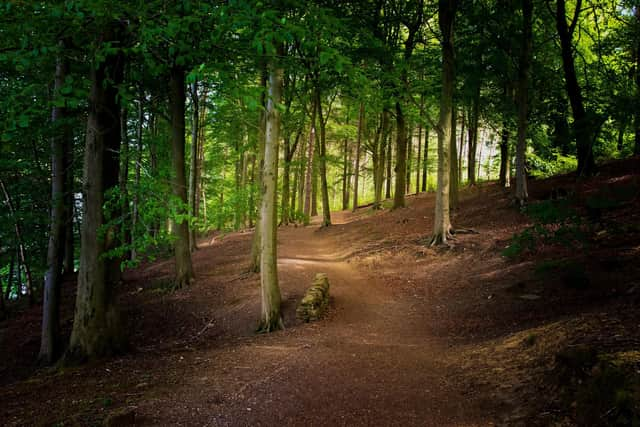Plans for a community “forest” which could see 300,000 trees planted over the next two years
and live on Freeview channel 276
The planned Heartwood Community Forest cover and area totalling 750 square kilometres along the Nottinghamshire and Derbyshire border
It would stretch from Killamarsh, Dronfield and Clowne and then head south along the border with Nottinghamshire through Chesterfield, Bolsover, Shirebrook, Clay Cross, Alfreton, Ripley, Heanor, Ilkeston, Long Eaton and cover Derby, and over to Hilton and Willington.
Advertisement
Hide AdAdvertisement
Hide AdThe “forest” would bridge the gap between the Greenwood Community Forest in Nottinghamshire, the Peak District National Park, the Derwent Valley Mills World Heritage Site and the National Forest in South Derbyshire, North West Leicestershire and East Staffordshire.


Derbyshire County Council reports detail the “forest” would be reliant on other organisations for funding, with £50,000 to come from the central Government’s Trees for Climate Fund to draw up a plan and a further £200,000 to get the project started.
The Heartwood Community Forest would be a “forest” in name only, with definitions of forests detailing the need for many more trees and of sufficient height to qualify for the term.
At 750 square kilometres, 18.5 million trees would need to be planted to meet the lower threshold of a forest, of around 100 trees per acre, and only when the saplings reach sufficient height – typically around 16 feet.
Advertisement
Hide AdAdvertisement
Hide AdMuch of the planned area of the “forest” is already developed and physically cannot be planted on, including significant parts of the county’s towns and Derby itself, while much of the land is in private ownership and not within the gift of the council or Government to plant on.
A county council report says the plan aims to “mitigate higher than average levels of deprivation and poverty being experienced by communities in Derby and the north-east of Derbyshire”.
It also looks to improve “lower than national average proximity to woodlands from towns and cities in the county”, to “revive” plans for a “nature-led” regeneration of the Trent Valley and enhance landscapes of low biodiversity value.
The council seeks to plant 300,000 trees on publicly accessible land by March 2025.